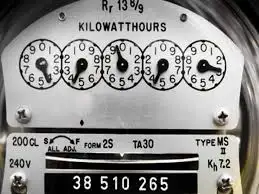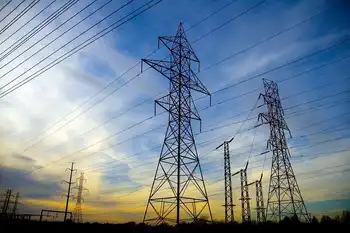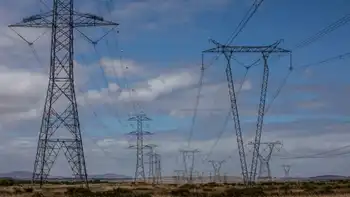Oil-soaked booms to be turned into Volts
- Oil-soaked plastic boom material used to soak up oil in the Gulf of Mexico is finding new life as auto parts in the Chevrolet Volt.
General Motors has developed a method to convert an estimated 100 miles of the material off the Alabama and Louisiana coasts and keep it out of the nation's landfills. The ongoing project is expected to create enough plastic under hood parts to supply the first year production of the extended-range electric vehicle.
"Creative recycling is one extension of GM's overall strategy to reduce its environmental impact," said Mike Robinson, GM vice president of Environment, Energy and Safety policy.... "We reuse and recycle material by-products at our 76 landfill-free facilities every day. This is a good example of using this expertise and applying it to a greater magnitude."
Recycling the booms will result in the production of more than 100,000 pounds of plastic resin for the vehicle components, eliminating an equal amount of waste that would otherwise have been incinerated or sent to landfills.
The parts, which deflect air around the vehicle's radiator, are comprised of 25 percent boom material and 25 percent recycled tires from GM's Milford Proving Ground vehicle test facility. The remaining is a mixture of post-consumer recycled plastics and other polymers.
GM worked with several partners throughout the recovery and development processes. Heritage Environmental managed the collection of boom material along the Louisiana coast. Mobile Fluid Recovery stepped in next, using a massive high-speed drum that spun the booms until dry and eliminated all the absorbed oil and wastewater. Lucent Polymers used its process to then manipulate the material into the physical state necessary for plastic die-mold production.... Tier-one supplier, GDC Inc., used its patented Enduraprene material process to combine the resin with other plastic compounds to produce the components.
The work in the Gulf is expected to last at least two more months and GM will continue to assist suppliers in collecting booms until the need no longer exists. The automaker anticipates enough material will be gathered that it can be used as components in other Chevrolet models.
"This was purely a matter of helping out," said John Bradburn, manager of GM's waste-reduction efforts. "If sent to a landfill, these materials would have taken hundreds of years to begin to break down, and we didn't want to see the spill further impact the environment. We knew we could identify a beneficial reuse of this material given our experience."
The world's first electric vehicle with extended range, the Chevy Volt was recently awarded Green Car of the Year by Green Car Journal.
GM is dedicated to reducing its waste and pollutants, and recycles materials at every state of the product lifecycle. It uses recycled and renewable materials in its cars and trucks, which are at least 85 percent recyclable. Used tires, old plastic bottles, denim and nylon carpet are all redirected from landfills and reused in select GM vehicles.
GM facilities worldwide recycle 90 percent of the waste they generate. The automaker recently announced more than half of its worldwide facilities are now landfill-free — all manufacturing waste is recycled or used to create energy.
Related News

Opinion: With deregulated electricity, no need to subsidize nuclear power
PITTSBURG - For decades, the government regulation of Pennsylvania's electricity markets dictated all aspects of power generation resources in the state, thus restricting market-driven prices for consumers and hindering new power plant development and investment.
Deregulation has enabled competitive markets to drive energy prices downward, which has transformed Pennsylvania from a higher-electricity-cost state to one with prices below the national average.
Recently, the economic advantage of abundant low-cost natural gas has spurred an influx of billions of dollars of private capital investment and thousands of jobs to construct environmentally responsible natural gas power generation facilities throughout the commonwealth — including our three…




